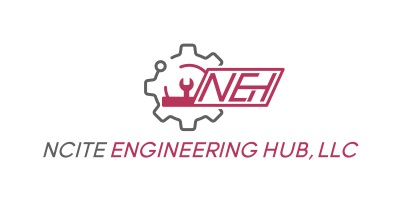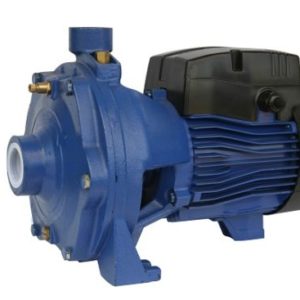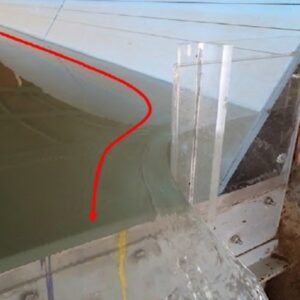Subtotal: $75.00
E – 1421 Hot Mix Asphalt for Pavement
$125.00
Courses Included
This course will tell you about hot-mix asphalt often used for high-performance pavements. The degree of performance required should be selected based on traffic conditions and the availability of satisfactory materials. Hot-mix asphalt mixtures consist of mineral aggregate and asphalt cement. These hot-mix asphalt mixtures are particularly suitable for airfield pavements, roads and streets, and storage areas.
Course Outline
1. GENERAL
2. EQUIPMENT
3. MATERIALS
4. DENSE-GRADED HOT-MIX ASPHALT
5. POROUS FRICTION COURSE
6. STONE MATRIX ASPHALT
This course will give civil engineers and others an introduction to the hydrological and hydraulic design of area drainage plans, including hydraulic structures, erosion control and riprap design.
Description
This course will tell you about hot-mix asphalt often used for high-performance pavements. The degree of performance required should be selected based on traffic conditions and the availability of satisfactory materials. Hot-mix asphalt mixtures consist of mineral aggregate and asphalt cement. These hot-mix asphalt mixtures are particularly suitable for airfield pavements, roads and streets, and storage areas.
Course Outline
1. GENERAL
2. EQUIPMENT
3. MATERIALS
4. DENSE-GRADED HOT-MIX ASPHALT
5. POROUS FRICTION COURSE
6. STONE MATRIX ASPHALT
This course will give civil engineers and others an introduction to the hydrological and hydraulic design of area drainage plans, including hydraulic structures, erosion control and riprap design.
- Learn about the advantages and disadvantages of hot mix asphalt concrete for pavements;
- Learn about batch plant equipment;
- Learn how to calibrate cold feed bins;
- Learn the correct aggregate gradations for hot-mix asphalt concrete pavements;
- Learn about the drum mixer and how it is employed;
- Learn about placement equipment;
- Learn how joint heaters are used;
- Learn about static steel-wheeler rollers;
- Learn the specifications for asphalt materials;
- Learn the special requirements for hot mix asphalt pavements in cold regions; and
- Learn how the Penetration Viscosity Number (PVN) is determined and used in hot mix pavement design.


 E - 1125 Centrifugal and Positive Displacement Pump Basics
E - 1125 Centrifugal and Positive Displacement Pump Basics 



